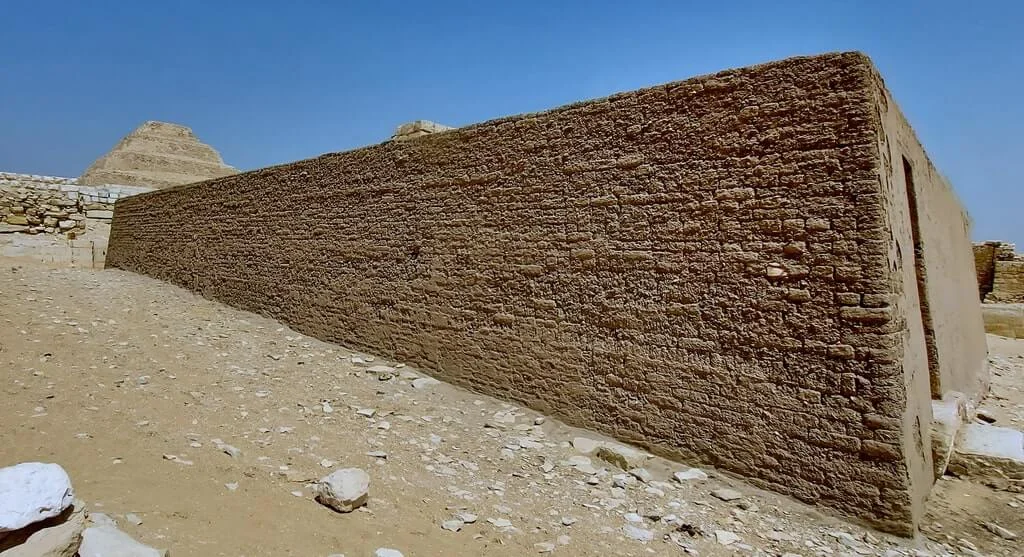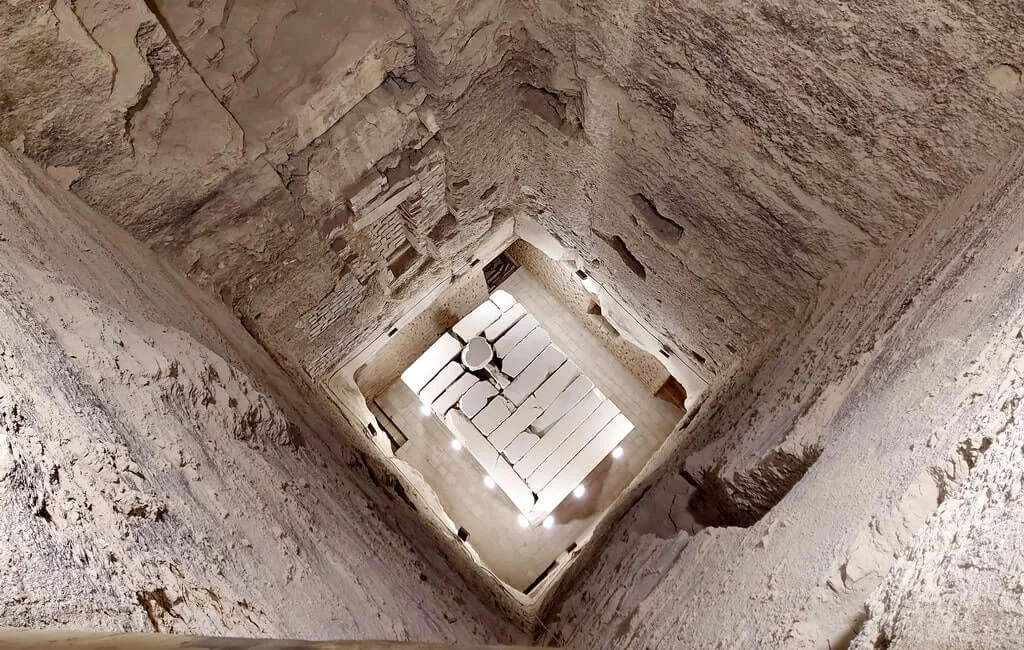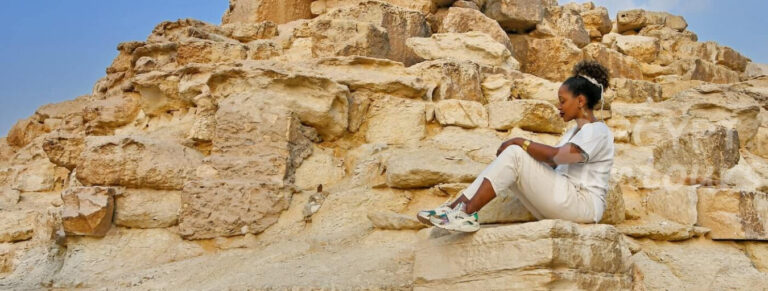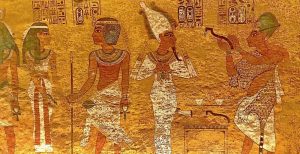The Step Pyramid: A Revolution in Stone
The Step Pyramid Complex is a groundbreaking monument in the history of ancient Egypt. It’s located at Saqqara, a vast necropolis southwest of modern Cairo. This complex represents a massive leap forward in architectural and engineering prowess. It was built during the reign of King Djoser (also spelled NetheriGhet) around 2670 BCE, at the beginning of the Third Dynasty.






























